On a global scale biodiversity is an important aspect when considering the health and persistence of the planet and in the past biodiversity was able to thrive. But in more recent years, increased human activity has begun to dramatically reshape entire ecosystems posing a major problem to biodiversity.
Marine protected areas (MPAs) are a conservation tool created to protect endangered species, critical marine habitats and their encompassing coastlines. The term Marine Protected Areas include marine reserves, fully protected marine areas, no-take zones, marine sanctuaries, ocean sanctuaries and marine parks to name a few. Many of these MPAs have different levels of protection. The range of activities allowed or prohibited within their boundaries also varies considerably.
Interesting Information: Along the same lines, a Marine Reserve (MR) is a type of Marine Protected Area in which removing or destroying natural or cultural resources is prohibited. They are typically located within larger, multiple-use MPA zones. Marine Reserves were created for a variety of purposes; to protect the spawning grounds of certain species, to study undisturbed areas of nature and understand human impacts on the marine environment.
In Canada, there are currently 14 MPA’s, comprising over 350,000 square kilometers or roughly 6% of Canada’s marine and coastal areas (Fisheries and Oceans Canada, 2020). On a global scale, since 2010, 14 million square kilometers of MPAs have been added or expanded on existing sites around the world (IUCN, 2020).
Never in the history of humanity has the health and prosperity of our lakes, rivers and oceans been more threatened or more important to our well-being. It is especially unnerving when you consider that the vast majority of diversity on earth is found in the ocean.
Marine Protected Areas are important when it comes to conservations, sustainability and the perseverance of biological diversity and resources. A well designed and well managed MPA or network of MPAs can boost the health of ecosystems and even turn around a downward trend of marine biodiversity.
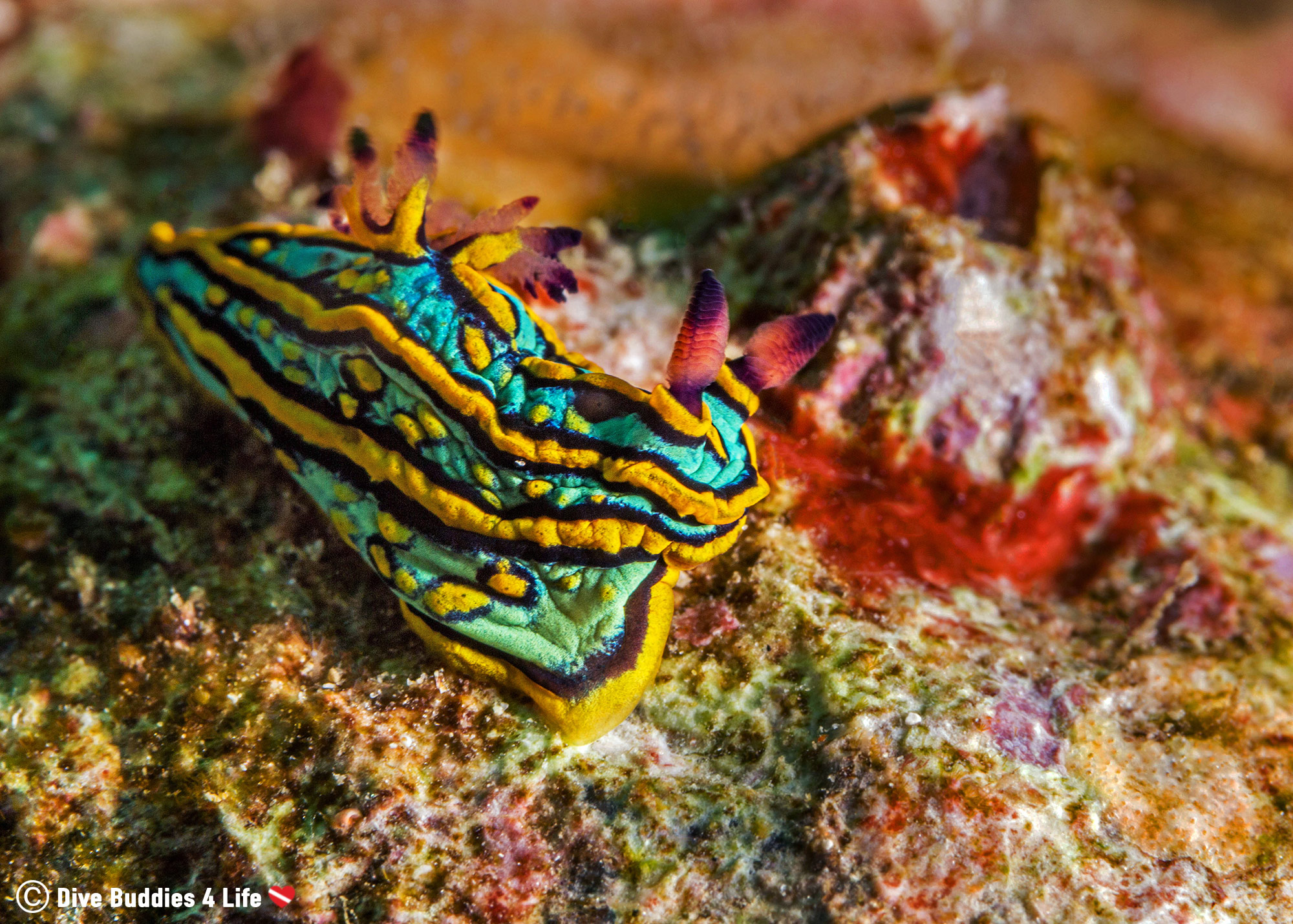
Some of their key benefits include:
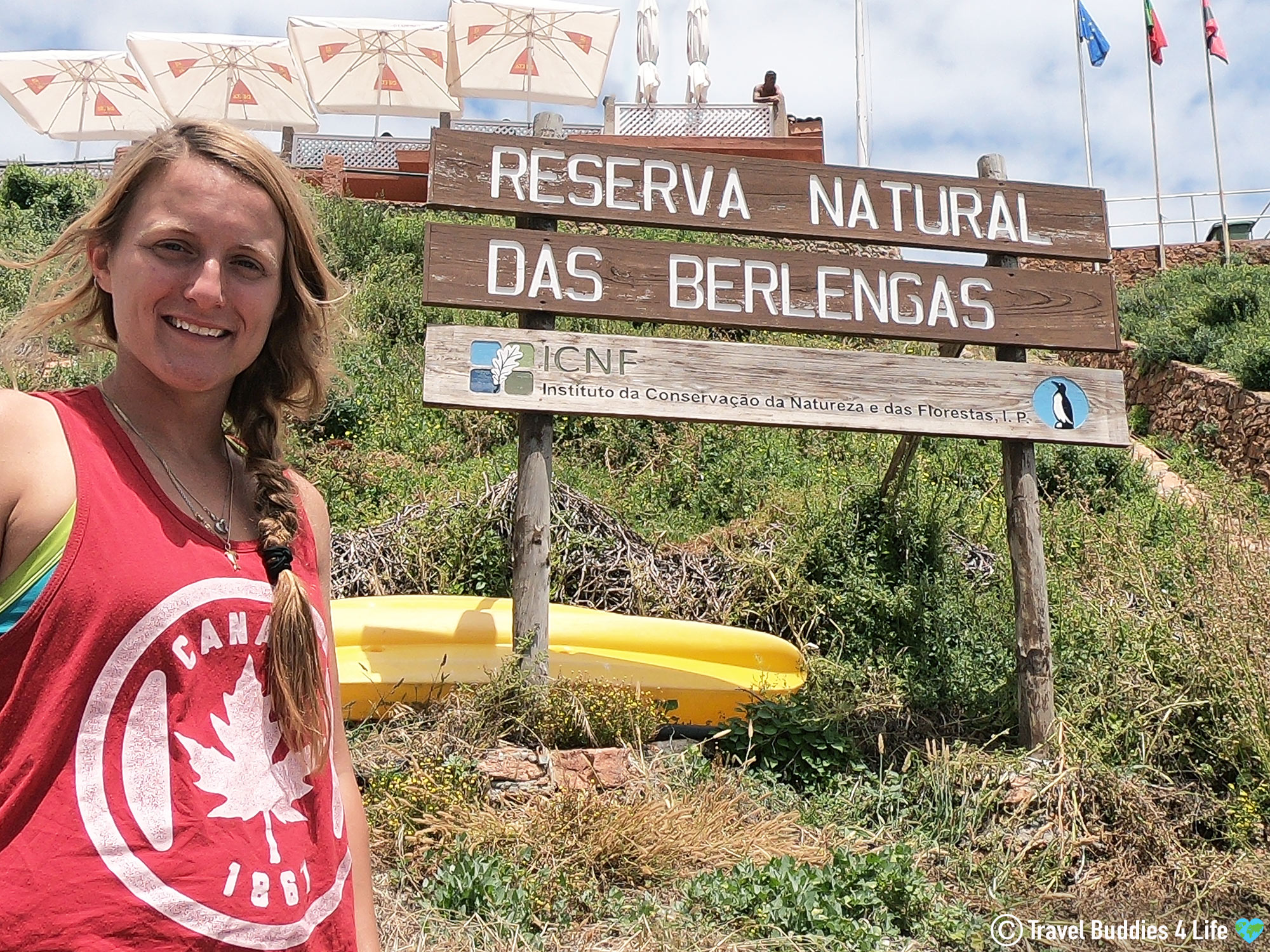
Although the primary function of MPAs is to conserve marine resources, preserve ecosystems and sustain fish populations, most of them allow some level of public access. Despite common misconceptions, non-consumptive activities such as diving are typically welcome in MPAs. Diving these protected areas not only allows divers to enjoy beautiful underwater vistas but it also financially supports and shows the government that there is an active interest in these zones of oceanic conservation.

Each MPA will have their specific set of rules and regulations on what is expected of every diver entering its boundaries but as a whole here is what you should expect from scuba diving in an MPA:
Pristine: Well-managed MPAs will have some of the most spectacular underwater environments you will ever see with more fish and diversity in marine life you can shake a stick at.
Fee: Some MPAs will charge a special fee for visitors to dive them. This money typically goes back into the management of the park.
Behaviour: Most MPAs will have regulations regarding diver behaviour which can range from on land to in the boat and underwater. These rules are there to make sure this spectacular place is around for future generations.
Diver Cap: Certain MPA will have restrictions on the number of scuba divers they allow per day. Often these caps will be made available to divers through a dive shop or on their purchased permits.
Local Contribution: Good MPA management involves working and supporting locally. By visiting these MPAs you are helping local communities.
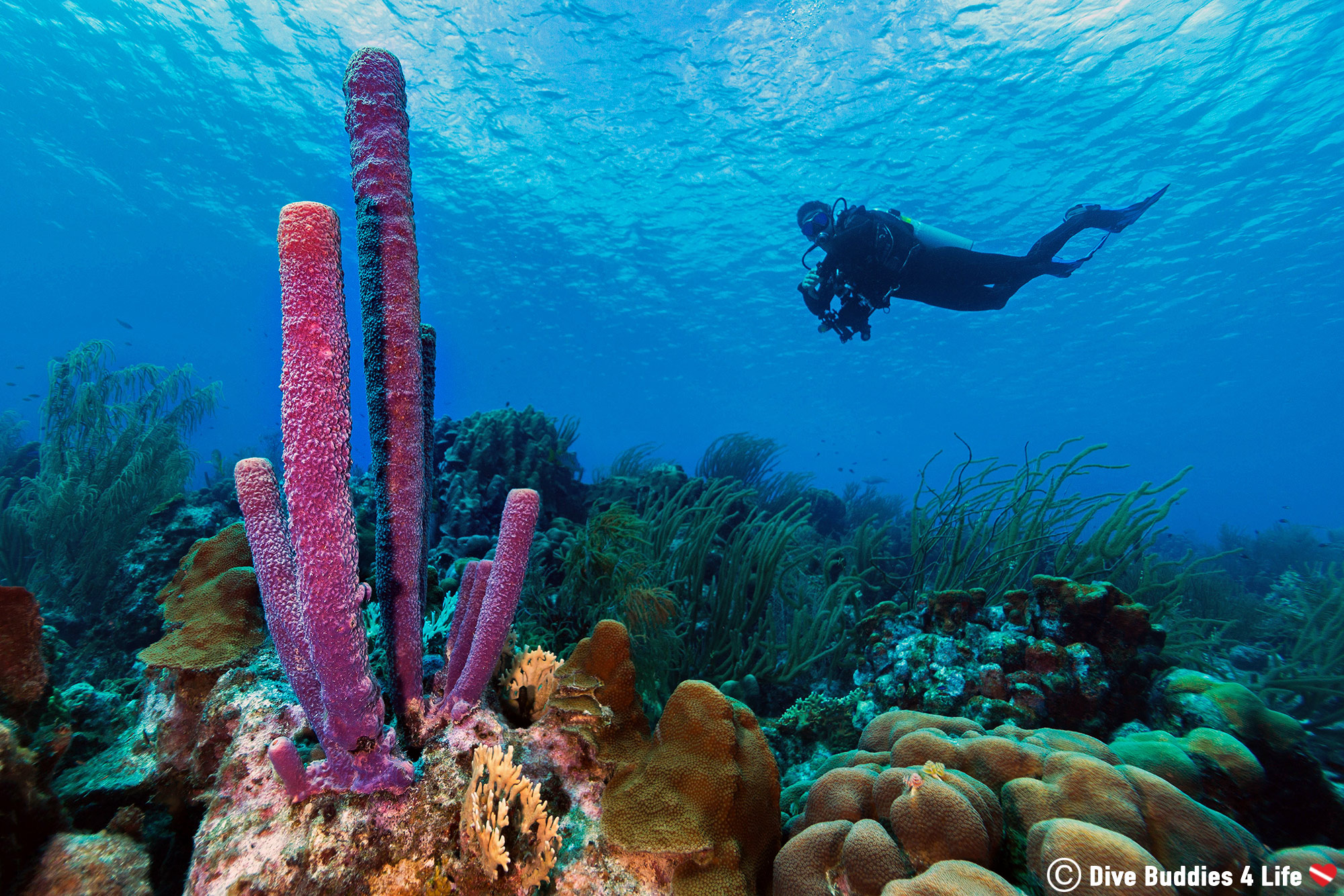
Most divers are well aware of the influences being placed on our underwater world. Through MPAs and their encompassing reserves, special areas and species at risk are protected from the negative pressures forces upon our lakes, rivers and oceans through pollution, unsustainable fishing, degradation and other damages caused by humanity. For divers, this means conserving and restoring the balance in pristine waters, beautiful reefs, important fish and historic shipwreck.

Marine Protected Areas are ultimately effective conservation tools, but there are still many issues to resolve. Sadly, only about 4% of the world’s oceans are protected, and the vast majority of existing MPAs and MRs are either poorly managed, or not looked after at all (WWF, 2020).
The overwhelming negative issues with protected areas as a whole included insufficient planning and management. Often, when reserves are established, planning does not take into account many important factors such as cultural/social issues and potential external pressures such as climate change. Additionally, the portion of chosen land for protected areas is often of low economic value, perhaps due to industrial, commercial and residential pressures.
Even if these problems are addressed, MPAs, need to be accompanied by other conservation methods to effectively prevent large-scale biodiversity loss on the planet. In order for protected areas to increase their effectiveness, there needs to be a global standard developed, incorporating management, criteria, enforcement regulations, and long term goals of the reserves. An expansion in education is also necessary in order to increase the success of previously existing as well as future MPAs. Increasing respect for nature by educating and connecting people with the environment will help maintain ecological integrity.
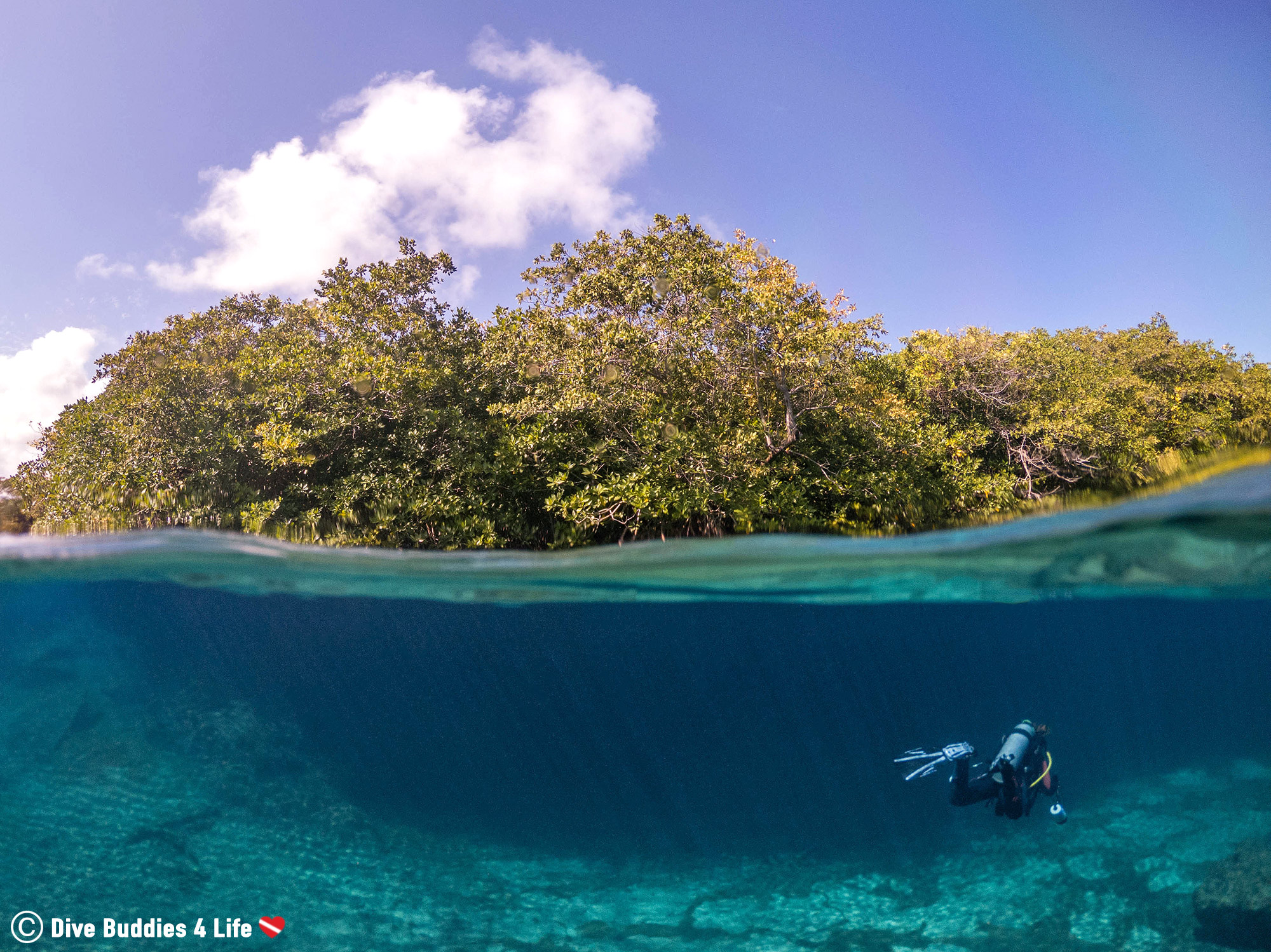
Have you ever visited or gone scuba diving in a Marine Protected Area (MPA)? How was your experience and what are your thoughts vis-à-vis the need for more of these areas?
Writers Note: This post may contain affiliate links. We will make a small commission if you make a purchase through one of these links, at no extra cost to you. See full disclosure and disclaimer policy here.

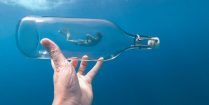
Aquatic ecosystems are fragile environments that play an intricate role in the survival of species on the planet. Of this vast expanse of blue, approximately 40% are gravely affected by human activities.
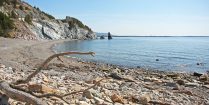
Tide pools are pools of water exposed at low tide and submerged by the ocean at high tide. They give non-divers a chance to glimpse the underwater world while remaining on land.
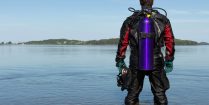
Given the current state of the world, travel is restricted and people are checking out their own backyards. Local scuba diving can be a very different experience than the usual holiday diving adventure, but it is one well worth exploring.
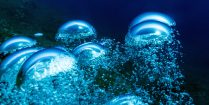
Are you a pig on air? You are not alone. Find out how you can get more out of your scuba diving tank.

A scientist has made a shocking new discovery in England. Under UV light the bills of Atlantic puffins light up like a glow stick.

Nova Scotia has seen a few strange things over the years but never has a 360 kg leatherback turtle washed up dead and frozen in a Cape Breton lake.
